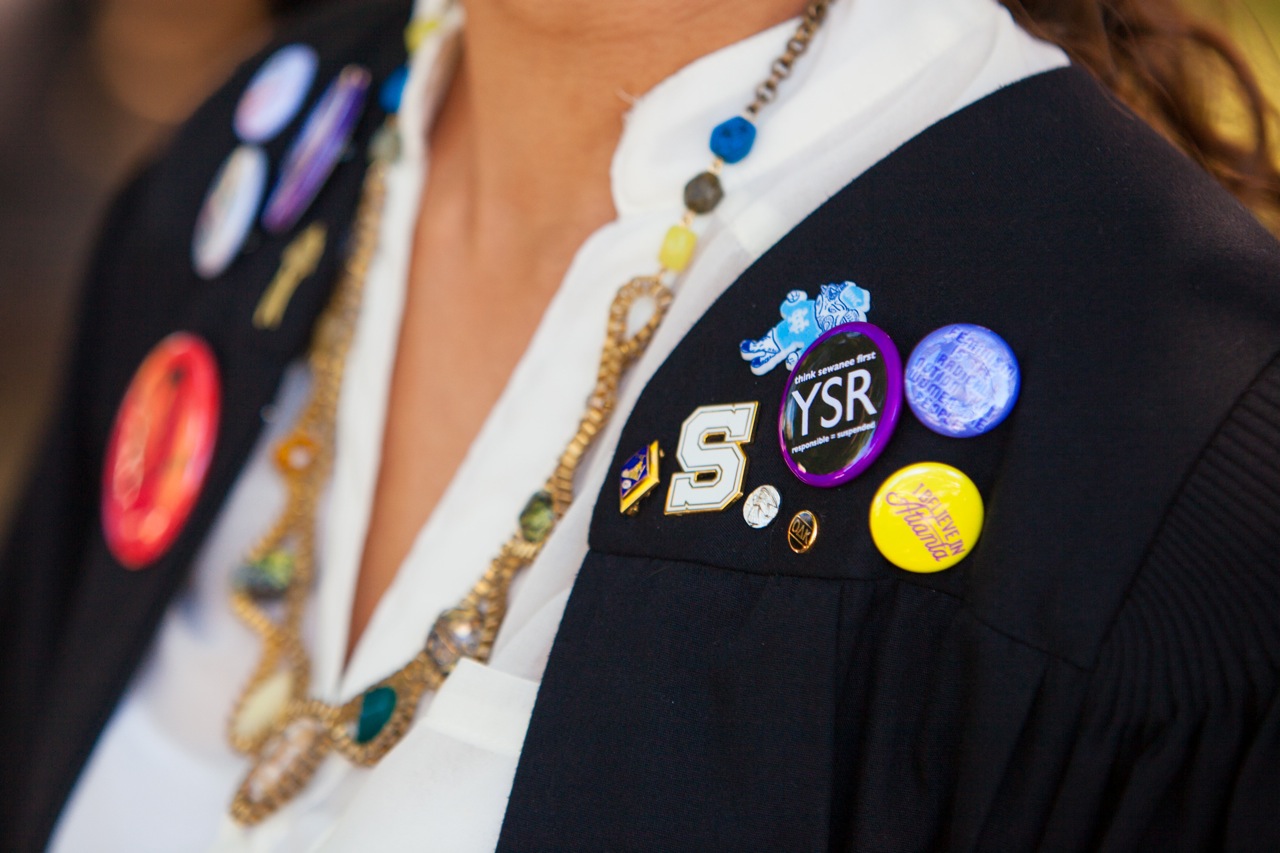"WE WILL WORK WITH FACULTY TO SUPPORT FRESH INNOVATIONS IN PEDAGOGY AND MENTORING THAT EQUIP STUDENTS TO NAVIGATE CHALLENGING CONVERSATIONS ON RACE WITH SKILL, EMPATHY, AND KNOWLEDGE."
Last September, in its historic statement, the Board of Regents called for the University to become a “model of diversity, of inclusion, of intellectual rigor, and of loving spirit in an America that rejects prejudice and embraces possibility.” Guided by the Regents’ resolve and vision, Vice-Chancellor Brigety laid out a set of initiatives which will measure the progress of our existing work and new projects toward achieving those goals. One of these initiatives follows along with the progress that the School of Theology has made.
The School of Theology faculty is reading and discussing Willie James Jennings’ After Whiteness: An Education in Belonging to explore the author’s abundant hope for what theological education can be and how it can position itself at the front of a massive cultural shift away from white, Western cultural hegemony. Also, the entire school—faculty and students—will read and discuss James Cone’s, The Cross and the Lynching Tree, a landmark text in Black theology. The Rev. Dr. Deborah Jackson, associate dean for community life, is participating in a semester-long symposium, “Becoming Anti-Racist and Catalyst for Change" through the Wabash Center for Teaching and Learning in Theology and Religion. She is developing a project, in conjunction with the Rev. Dr. Ben King, associate dean for academic affairs, and the Very Rev. Jim Turrell, dean of the School of Theology, that she will implement at the School following the conclusion of the symposium.
This is just a continuation of the work being done by the School of Theology to achieve beloved community. Much progress has been made in bringing diversity to the School's academia, art, and lectures. Read how the School's faculty are working to bring a diversity of voices into their courses.
For the past 20 years, the Chapel of the Apostles (COTA) has displayed a crucifix with the body of Christ as a white, European man. As a result of a community meeting on Aug. 3, the faculty recommended unanimously to take down the crucifix and convene a committee to discern a more inclusive replacement. Read how the committee has progressed and learn about the artist commissioned to create the new piece.
